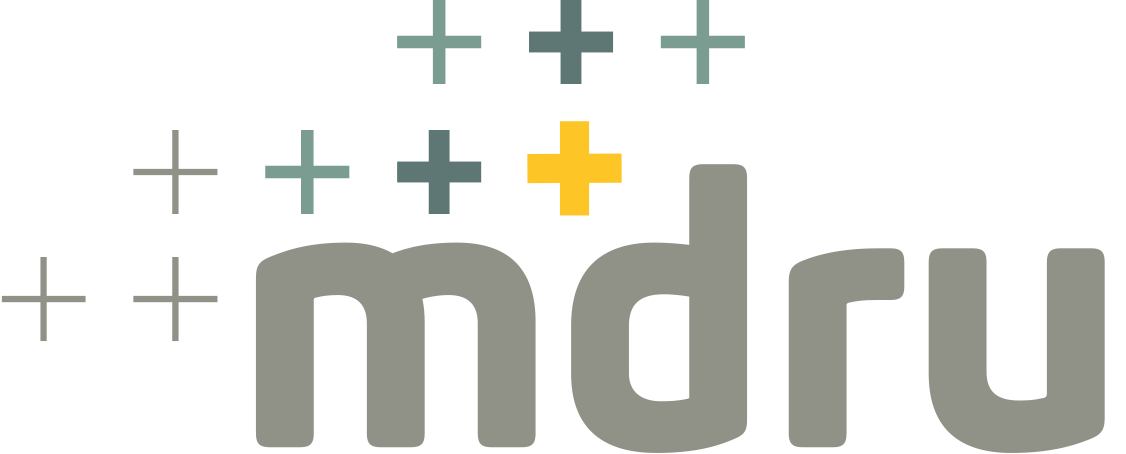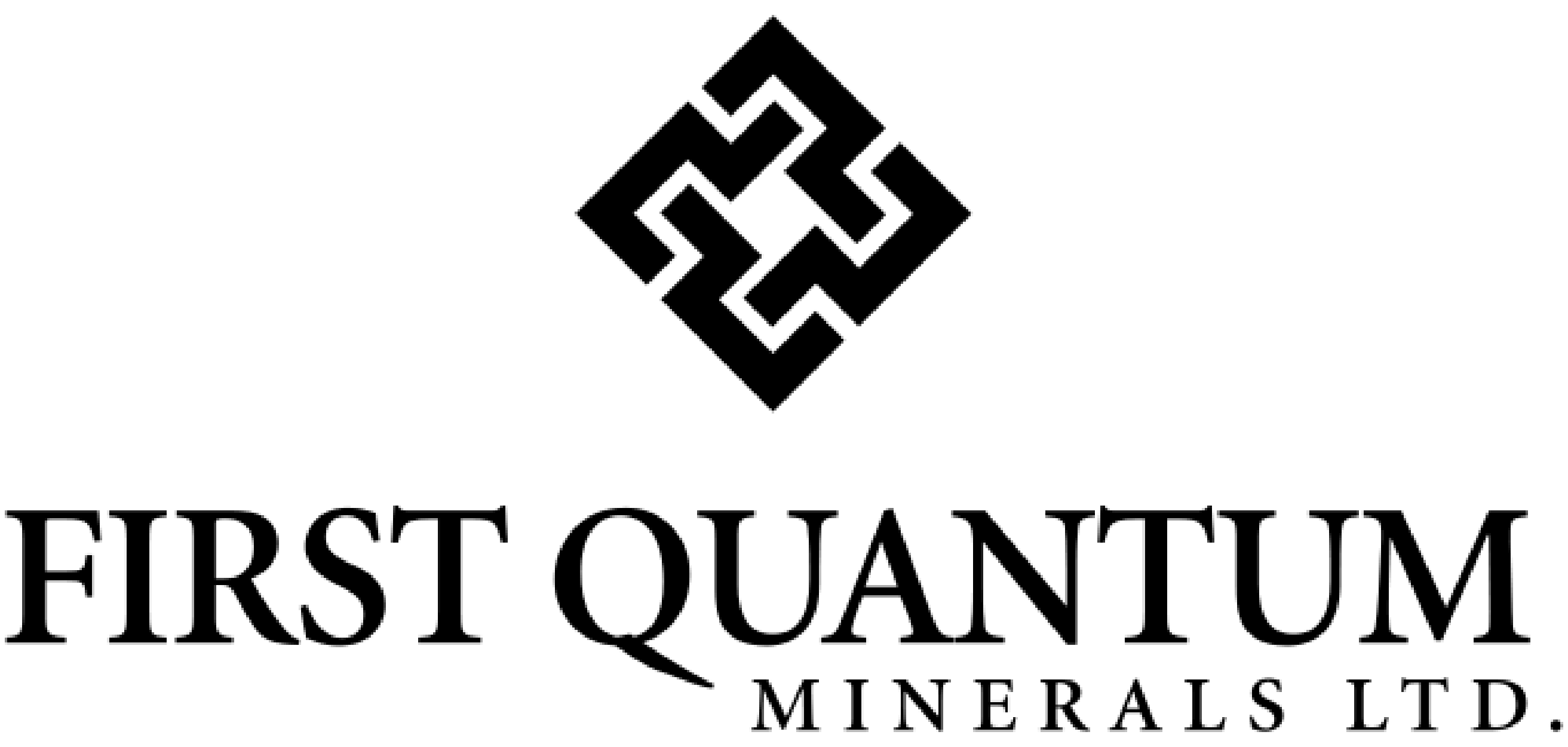Project Information
- Ore Deposit: Porphyry
- Commodity: Copper
- Research Themes: Copper, Exploration Methods
- Location: Atacama Desert, Chile
- Project Status: Completed
- Students: Alexandra Brown
- Start Date: 2015
- End Date: 2018
Porphyry copper deposits and their associated supergene enrichments are key mineral exploration targets. The Atacama region of the Andean Mountains of Chile are well-endowed with large high-grade porphyry copper ore bodies. Traditionally, most discoveries had outcropping mineralization or alteration, ancient mine workings or near-mine brownfields drilling. More recent discoveries have been made through the Miocene and younger piedmont desert gravels, either from pattern drilling within known mineralized clusters or along structural corridors. These Atacama gravels present a major challenge to ongoing exploration efforts—no significant methodological breakthroughs had been achieved prior to this study.
This MDRU research project was supported by an industry consortium of AngloAmerican plc, QPX Chile and First Quantum Minerals Ltd. and is carried out as part of MDRU's Exploration Geochemistry Initiative.
This project established new sampling and geochemical methods to identify prospective areas for buried porphyry Cu deposits and oxide copper mineralization within gravel-covered areas. The project improved methods to detect exotic copper mineralization which forms through lateral transport of Cu bearing meteoric water and deposition within gravel sequences near oxidizing porphyry Cu deposits.
Three project objectives were achieved:
- Model the landscape evolution and gravel deposition in key districts and establish a methodology to delineate prospective areas based on geomorphology;
- Establish geochemical and mineralogical exploration methods for copper deposits in gravel covered areas; and
- Identify characteristic gravel units most prospective for exotic copper mineralization in a number of study areas in southern Peru and northern Chile.
Publications
Geochemical signature of earthquake-induced surface flooding by mineralized groundwater over the buried Atlántida Deposit, northern Chile
Alexandra Brown, Peter A. Winterburn, Thomas Bissig
Geochemistry: Exploration, Environment, Analysis (2019) geochem2018-65
https://doi.org/10.1144/geochem2018-065
Identification of the expression of earthquake-induced surface flooding by groundwater using detailed regolith mapping at the buried Atlántida Deposit, northern Chile
Alexandra Brown, Peter A. Winterburn, Thomas Bissig
Geochemistry: Exploration, Environment, Analysis (2019) geochem2018-064
https://doi.org/10.1144/geochem2018-064
Thesis
Geochemical sampling strategies for discovering buried copper porphyries, Atacama Desert, Chile
Alexandra E Brown, MSc, 2018
Abstract: Several of the world’s largest porphyry copper deposits are found in the hyper-arid Atacama Desert of Chile, yet discovery of new deposits has become increasingly challenging due to the thick gravel cover. The Atlántida porphyry copper deposit, Atacama Region, Chile, is buried under 25-80m of Neogene-Quaternary gravel and 200m of barren to low-grade bedrock. Geochemical sampling occurred over two phases to develop sampling techniques to detect buried mineralization through the gravels. Over the two phases, physicochemical measurements were recorded at each site, and AGI GoresorberTM hydrocarbon collectors were installed. Sample lines extended into background and over mineralization, staying within consistent background chemistry. Phase I samples were collected with 50m spacing. Soil samples were analyzed by Aqua Regia (Phase I) and deionized water extraction with ICP-MS (Phase I and II). Phase I deionized water extraction results indicated elevated concentrations of Mo, Re, Se, As with increasing salinity. Anomalous responses occur spatially correlated with structures on the surface, and in close proximity to highly saline pockets of material (median 2.2{4f68512a01b6c7d7b16fb2c0178fca0ea196e8717437457c5f4289110417847b} salt) identified through remote sensing used in Phase II regolith mapping. Saline pocket material was formed by seismically induced surface flooding of groundwater along faults extending to surface. Phase II sampled only saline pockets oriented along structural extent at 250m spacing. Samples (n=9) were analyzed for copper isotope composition over buried mineralization by partial digestion. Isotopic results indicate copper concentrations by partial extraction are dominantly a reflection of endogenic material. Both hydrocarbon and soil extraction results show strong structural control on anomaly formation at the surface. Strong correlations of increasing salinity and metals/metalloids (Mo, Re, Se, and Te) concentrations are observed. Elevated responses of these metals normalized to groundwater volume proxy occur directly over the deposit. The slow rate of erosion and deposition in the Atacama Desert preserves surficial anomalies as saline pockets. Targeted geochemical sampling of saline pockets along structures is a new methodology for the discovery of buried copper deposits in the Atacama Desert of Chile.






